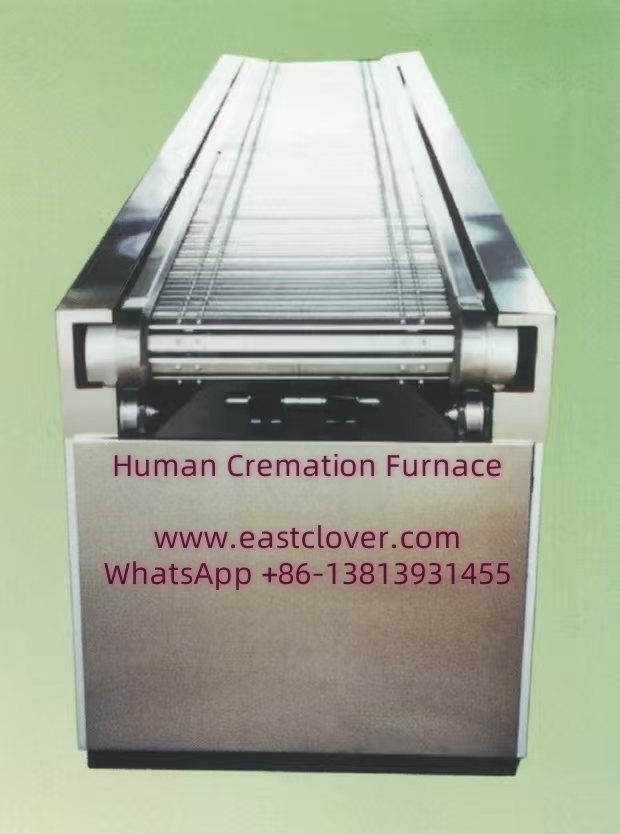Introduction
The end-of-life services industry is undergoing a profound transformation, driven by advancements in artificial intelligence (AI) and robotics. Among the most significant innovations is the development of automated cremation furnaces. These systems are redefining how societies handle cremation processes, offering unprecedented efficiency, precision, and environmental sustainability. This news explores the technology behind automated cremation furnaces, their benefits, ethical considerations, and their role in shaping the future of end-of-life care.
What Are Automated Cremation Furnaces?
Automated cremation furnaces are advanced systems that use robotics, AI, and IoT (Internet of Things) to streamline the cremation process. Unlike traditional cremation equipment, which relies heavily on manual operation, these systems automate tasks such as:
- Loading and unloading remains
- Temperature regulation
- Emissions monitoring
- Ash processing and collection
By integrating sensors and machine learning algorithms, these furnaces optimize combustion efficiency, reduce energy consumption, and minimize human intervention.
The Role of AI and Robotics
Precision and Efficiency
AI algorithms analyze data from thermal sensors to maintain optimal temperatures throughout the cremation cycle. This ensures complete combustion while reducing fuel usage. Robotic arms handle the remains with precision, minimizing errors and ensuring consistent results.
Environmental Sustainability
Automated systems monitor emissions in real time, adjusting parameters to comply with environmental regulations. Some furnaces even capture carbon dioxide or filter particulate matter, aligning with global sustainability goals.
24/7 Operation
Robotic automation allows facilities to operate continuously without fatigue, addressing demand spikes in urban areas or during crises like pandemics.
Benefits of Automated Cremation Furnaces
- Reduced Human Error: Automation minimizes mishandling of remains.
- Cost Efficiency: Lower labor and energy costs over time.
- Dignity and Respect: Consistent, impersonal processes reduce emotional strain on staff and families.
- Scalability: Facilities can handle higher volumes without expanding physical infrastructure.
Ethical and Cultural Considerations
While automation offers practical advantages, it raises questions about the depersonalization of death rituals. Critics argue that removing human involvement may conflict with cultural or religious practices that emphasize hands-on care. However, proponents highlight that automation can free up staff to focus on compassionate services, such as grief counseling.
Case Studies: Global Adoption
Japan
Facing a rapidly aging population, Japan has pioneered AI-driven cremation systems to manage increasing demand. Facilities like Tokyo’s Smart Memorial use robotics to streamline operations while maintaining Shinto and Buddhist traditions.
Sweden
Swedish startups have developed eco-friendly cremation furnaces that integrate AI to reduce carbon footprints. These systems are part of the country’s broader push toward sustainable deathcare.
Future Trends
- IoT Integration: Remote monitoring and predictive maintenance via cloud platforms.
- Personalization: AI could tailor cremation processes to honor specific cultural or familial requests.
- Biodegradable Alternatives: Coupling automation with green technologies, such as water cremation (alkaline hydrolysis).
www.southclover.com
Automated cremation furnaces represent a convergence of technology and tradition, offering solutions to modern challenges in end-of-life services. While ethical debates persist, the benefits—efficiency, sustainability, and scalability—are undeniable. As AI and robotics continue to evolve, these systems will likely become standard in deathcare, reshaping how societies honor the departed while addressing practical and environmental needs.
FAQs
How do automated cremation furnaces work?
They use robotics to handle remains, AI to optimize temperature and emissions, and IoT sensors for real-time monitoring.
Are automated cremation processes environmentally friendly?
Yes. Advanced filtration and energy-efficient algorithms reduce emissions and fuel consumption compared to traditional methods.
Can families still participate in rituals?
Many facilities allow families to witness the process via livestream or participate in ceremonies before automation begins.
Are these systems affordable for small funeral homes?
Initial costs are high, but long-term savings on labor and energy make them viable for scaling operations.
Do religions approve of automated cremation?
Views vary. Some Buddhist and Hindu communities embrace it, while others prefer traditional methods. Dialogue with religious leaders is ongoing.
How is data privacy managed?
Encrypted systems protect sensitive information, and data is anonymized to comply with privacy laws.

Comments are closed